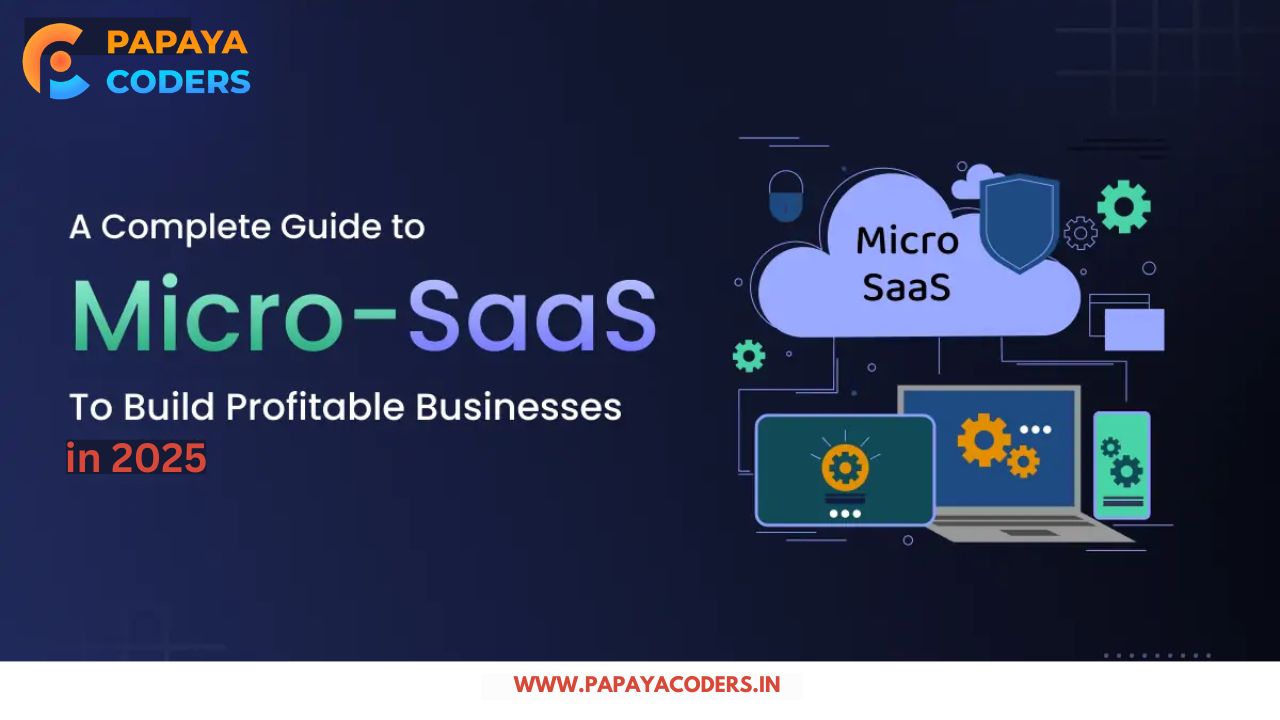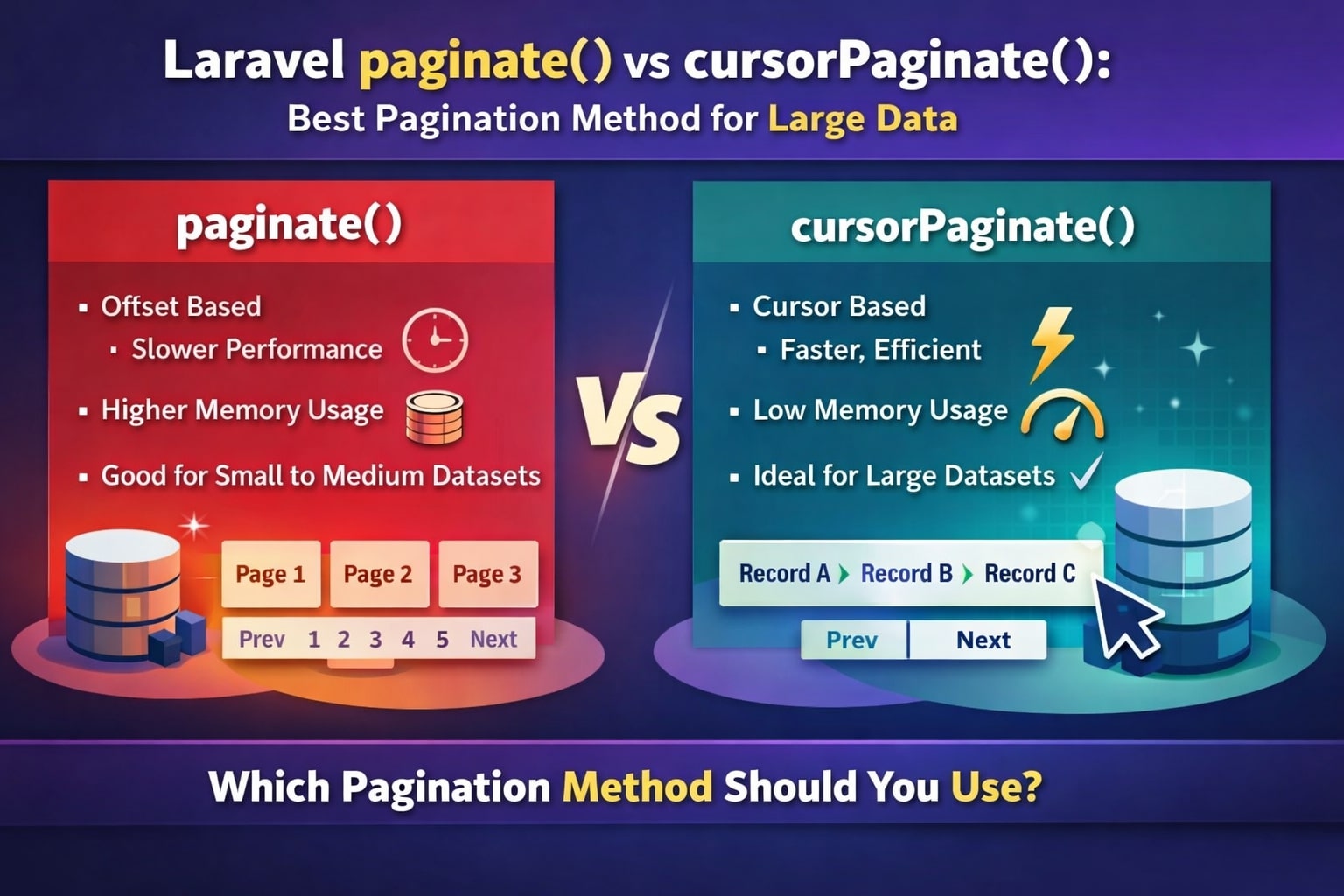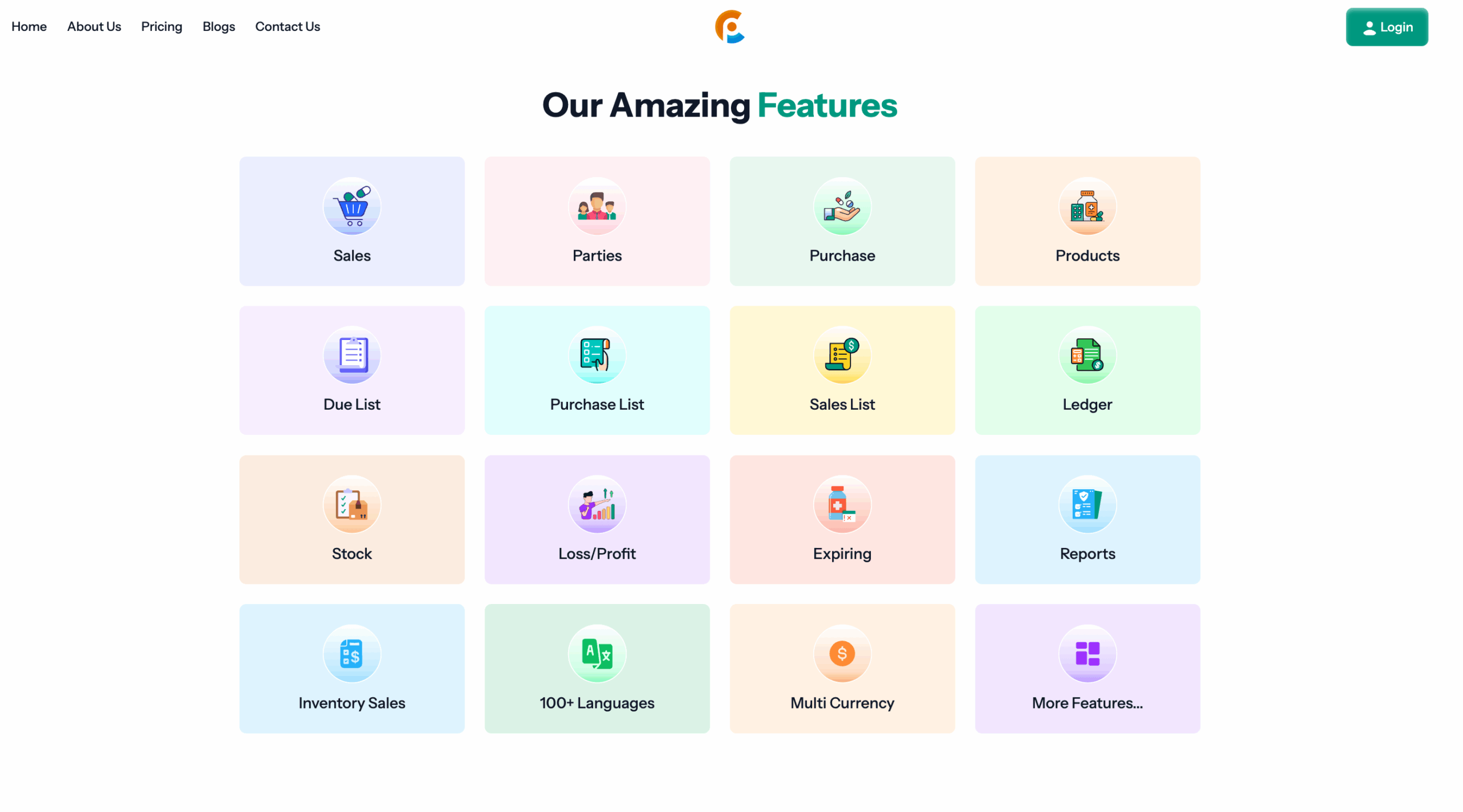The software market has continually shifted, but something exciting changes how businesses grow. Micro-SaaS is now gaining ground, and for good reason. Unlike massive platforms, these lean, focused solutions precisely tackle niche demands. You might have seen tools that streamline one specific task—that’s the power behind this movement.
Many entrepreneurs overlook smaller opportunities while chasing broad markets. However, the Micro-SaaS model flips that mindset. You can craft targeted services with predictable, recurring revenue by zoning in on particular gaps.
What Makes Micro-SaaS Different?
Unlike traditional software-as-a-service, Micro-SaaS stay lean. Instead of huge development teams, most projects function with minimal staff or even solo founders. Lower overhead costs give you greater flexibility while keeping operations sustainable.
Read also:-
- Digital Best Side Hustles in India without Investment in 2025!
- Advantages and Disadvantages of Email Marketing??

Here’s what sets it apart:
- Niche Focus – Solves a particular problem for a small audience.
- Lower Costs – Minimal resources required to develop, maintain, and market.
- Sustainable Growth – Recurring subscriptions ensure a steady income.
- Flexible Scaling – You expand based on demand without overextending.
You can build strong customer loyalty with less competition in highly targeted areas. That’s a significant reason many small ventures thrive within this model.
Why Now Is the Best Time for Micro-SaaS
New technology makes software creation more effortless than ever. You don’t need huge capital or a team of engineers to get started. Cloud platforms, no-code tools, and automation simplify the process, reducing barriers for new businesses.
Additionally, niche problems often remain unresolved by larger firms. Big players aim for mass appeal, leaving gaps you can enter. Customers appreciate tools designed for their specific needs, meaning they stay loyal when your service truly helps.
Another key factor? Remote work continues shaping how businesses operate. Smaller, specialized digital solutions fit naturally into this shift, making now a prime opportunity for launching Micro-SaaS products.
Proven Strategies for a Successful Micro-SaaS Business
Building a Micro-SaaS venture requires strategy. Unlike broad markets, your success hinges on precise execution. Consider these essential steps:

1. Find a Problem Worth Solving
Identifying a pain point within a specific industry or profession lays the foundation for success. Listen to niche communities, observe workflow inefficiencies, and pinpoint areas where automation improves productivity.
Some practical ways to research:
- Explore online forums and discussion boards.
- Look at complaints in software reviews.
- Identify repetitive manual tasks businesses face.
2. Keep the Feature Set Minimal
Unlike full-scale enterprise solutions, your goal isn’t to build everything simultaneously. Focus on one core functionality that solves a real need. If your software addresses that efficiently, users won’t demand unnecessary extras.
Successful Micro-SaaS products often start as:
- Browser extensions that enhance existing workflows.
- Standalone apps that fill overlooked gaps.
- API-based services that integrate with existing systems.
3. Price for Value, Not Volume
Many assume lower prices drive more signups, but niche software thrives on value-based pricing. Since you serve a specialized market, users often pay more for efficiency.
Consider:
- Subscription models with tiered pricing.
- Lifetime deals for early adopters.
- Freemium access that leads to premium upgrades.
A well-structured pricing model ensures long-term sustainability.
4. Build for Automation and Scalability
Since most Micro-SaaS businesses operate lean, automation becomes essential. The more you automate, the fewer manual tasks slow growth.
Key areas to optimize:
- Customer onboarding with guided tutorials.
- Billing and subscription management.
- Support through AI-powered chat or detailed FAQs.
Reducing hands-on maintenance allows you to scale while keeping operational costs low.
Actual Examples of Micro-SaaS Success
Some of the most innovative Micro-SaaS solutions started with small teams. Here are a few standout cases:-
- Gumroad – Helps independent creators sell digital products with ease.
- Card – Enables users to build one-page websites without coding skills.
- Scraper API – Provides automated web scraping solutions without complexity.
Each product solves a precise problem, proving that smaller tools can make a huge impact.

Final Thoughts:
A trend of recent times gives innovative entrepreneurs multiple opportunities. This is the emergence of micro-stand-alone software as a service. With low capital outlay, the target market knows quality improvement, and intelligent use of technology enables even less capable individuals to build a repeatable, sustainable money-earning activity.
Stop thinking about the entire market and try to concentrate on a target group. The correct segment and such a convenient tool will put you ahead of the game even in such a competitive environment.








